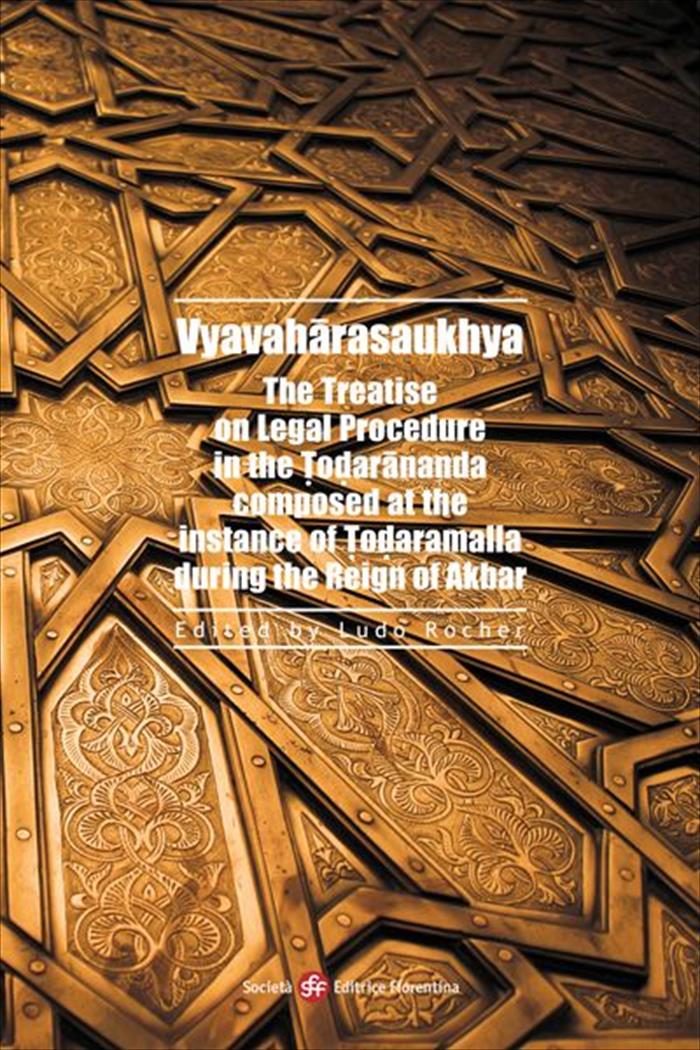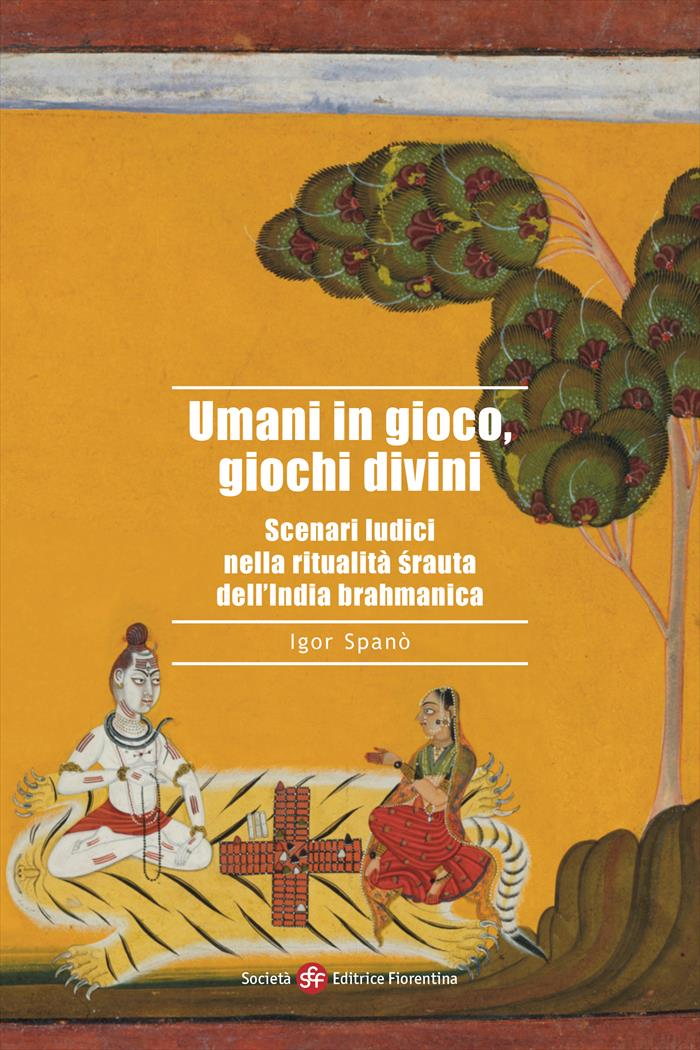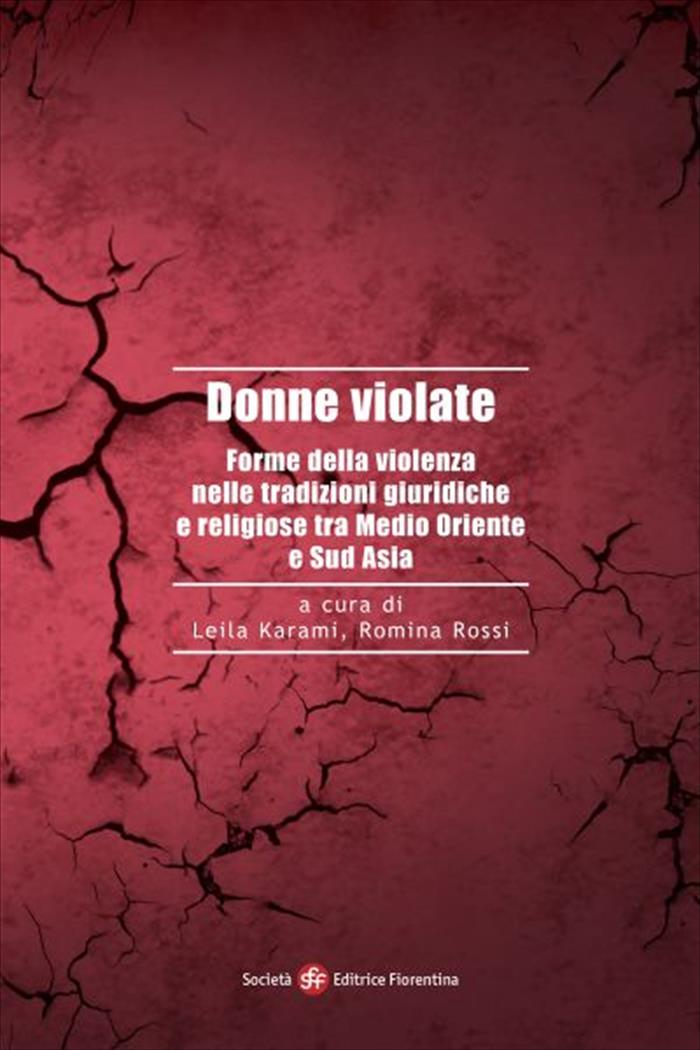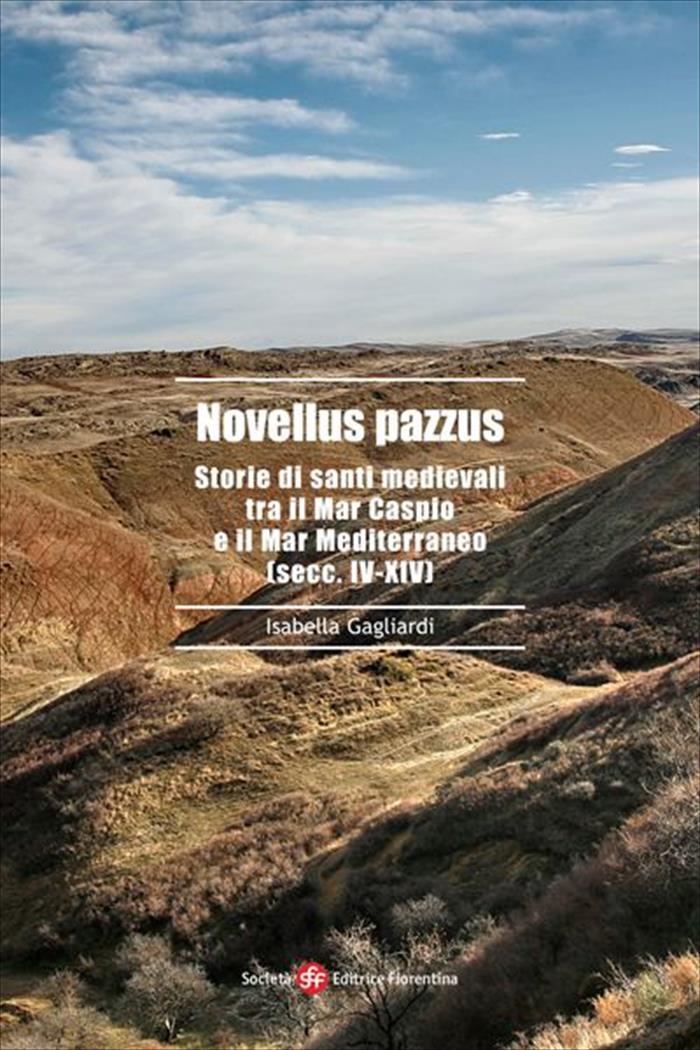Catalogo

Autori
Ludo Rocher
Vyavaharasaukhya
The Treatise on Legal Procedure in the Ṭodarananda composed at the instance of Ṭodaramalla during the Reign of Akbar
- Collana: Alti Studi di Storia intellettuale e delle Religioni
- Anno di pubblicazione: 2016
- Lingua: Inglese, Sanscrito
- Editore: Società Editrice Fiorentina
- Opera sottoposta a peer review
Cartaceo
- ISBN: 9788860323873
- Condizioni di accesso: a pagamento
- Pagine: 276
- Prezzo: € 30,00
On my return to Belgium, I transcribed the manuscript from Pune and collated those from Bikaner. After my transfer to the University of Pennsylvania, I received a microfilm of a codex from Sarasvati Bhavan in Varanasi, which had been ordered and prepared years earlier, but mislaid on a shelf until one of my students retrieved it. This manuscript, too, was collated with the other three.
These circumstances only partly account for the further delay in completing this edition. Notwithstanding intermittent efforts, the burdens of teaching and guiding students to the Ph.D. degree, and other research projects, prevented me from carving an uninterrupted period of time to work on the Vyavahārasaukhya.
Finally, after reaching retirement, I was able to return to the text I had processed when the only way I had of typing devanāgarī script and Roman script with the required diacritic signs were the fonts, Madhushree and Manjushree respectively, created by Professor Madhav M. Deshpande.
Much time has been spent since to adapt the earlier format to the modalities of current computer publishing. I hope that an edition of the Vyavahārasaukhya, a text attributed to a famed Hindu minister of the Mughal emperor Akbar, will provide a new and valuable component in the history of Indian legal procedure and a window into Sanskrit legal scholarship under Muslim rule.
In addition to the institutions that allowed me to make use of manuscripts in their collections, and the authorities at the Deccan College who made access to these manuscripts possible, I wish to thank Professor Patrick Olivelle, who, as on prior occasions, shared with me his extensive technical expertise in editing Sanskrit texts. It was Patrick, also, who established contact with Dr. Federico Squarcini, to whom I am grateful for having the volume
published. I also wish to thank my colleague at the University of Pennsylvania, Professor Emeritus William L. Hanaway, for helping me uniformly to transliterate Persian terms used in the Introduction. Last, but not least, my thanks go to my loving companion of fifty-three years, whose sharp eye for detail has saved this volume from many inconsistencies and inaccuracies. Working on the Vyavahārasaukhya was yet another imposition on her time and her own research, in addition to the constant physical and moral support she provided after major surgery weakened me in the final stages of this project.
Ludo Rocher
Philadelphia, February 2014
Informazioni bibliografiche
Titolo del libro
Vyavaharasaukhya
Sottotitolo del libro
The Treatise on Legal Procedure in the Ṭodarananda composed at the instance of Ṭodaramalla during the Reign of Akbar
Autori
Ludo Rocher
Anno di pubblicazione
2016
Anno Copyright
© 2016
Copyright
Società Editrice Fiorentina
Licenza d'uso
Tutti i diritti riservati
Licenza dei metadati
CC BY 4.0
Editore
Società Editrice Fiorentina
ISBN Print
9788860323873
Collana
Alti Studi di Storia intellettuale e delle Religioni
ISSN
2036-3729
He was a member of the Royal Academy of Overseas Sciences (Belgium), of the American Philosophical Society, and a Fellow of the Asiatic Society (Kolkata). He served as President of the American Oriental Society and Chair of the Board of Trustees of the American Institute of Indian Studies. Many of the students he taught and mentored in their studies and doctoral work have gone on to occupy eminent positions in academic institutions at home and across the world.





